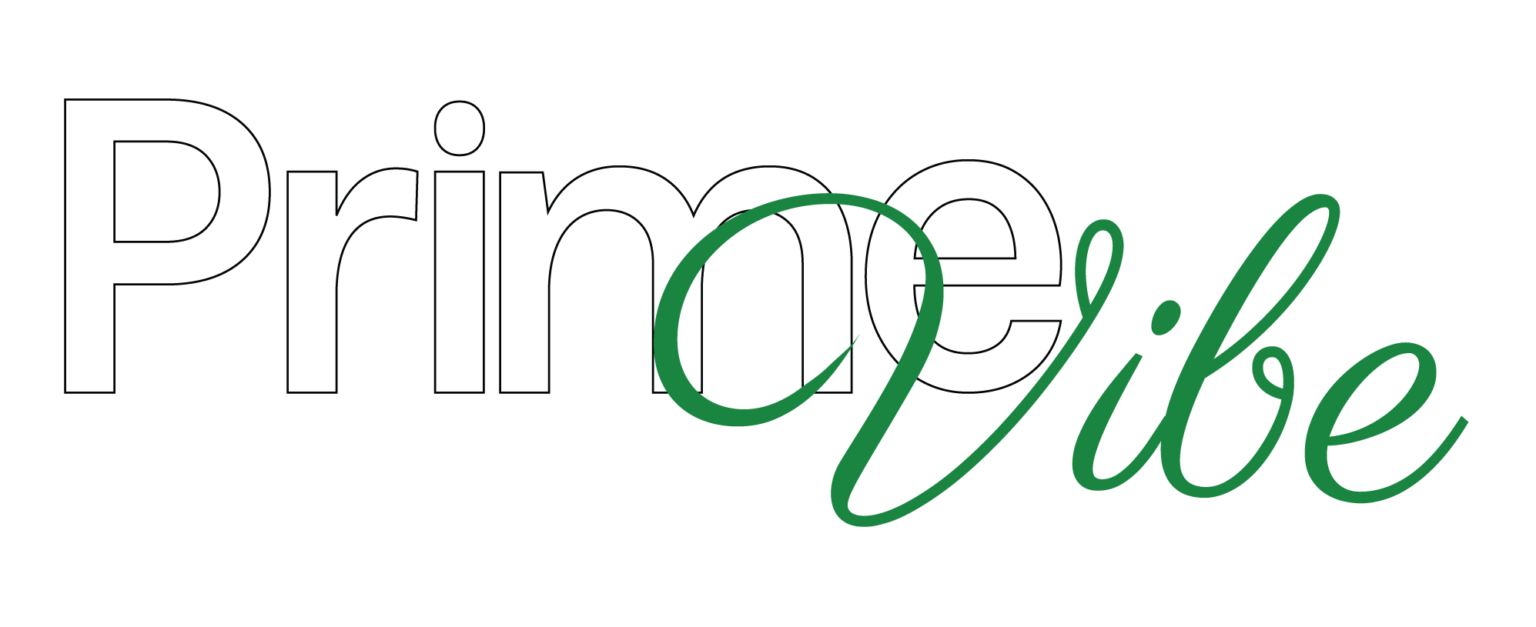Wounds that don’t heal easily are a serious problem. Whether it’s due to diabetes, surgery, burns, or chronic conditions, some wounds take weeks or months to close. In the past, doctors relied on bandages, antibiotics, and skin grafts. Now, there’s something new that’s gaining traction: amniotic wound care products.
These are treatments made from amniotic membrane—the thin layer of tissue surrounding a baby in the womb. After a healthy birth, this tissue can be donated and processed into a medical product that helps wounds heal faster and more effectively. This approach is already being used in clinics and hospitals across the country.
What Are Amniotic Wound Care Products?
Amniotic wound care products come from donated placental tissue, specifically the amniotic membrane. This membrane has special qualities that make it ideal for wound treatment:
- Anti-inflammatory
- Anti-microbial
- Rich in growth factors
- Low risk of immune rejection
Once collected—usually during planned C-sections from consenting donors—the tissue is sterilized and preserved. It can then be shaped into sheets, gels, or injections, depending on what the patient needs.
These products are regulated by the FDA and used in medical fields like wound care, surgery, dermatology, and podiatry.
Why Amniotic Tissue Works
Amniotic tissue supports healing in ways that traditional wound care products often can’t. It acts like a natural covering, protecting the wound while promoting tissue growth underneath.
Here’s how it helps:
- Reduces inflammation: This lowers pain and swelling.
- Blocks bacteria: The tissue contains natural antimicrobial agents.
- Speeds up tissue repair: Growth factors in the membrane stimulate skin cell activity.
- Supports regeneration: The tissue acts as a scaffold, helping cells grow where they should.
Because this material is naturally low in immune markers, the body usually accepts it without a strong reaction. That makes it safer for more people, even those with autoimmune issues or allergies.
Who Can Benefit the Most?
Amniotic wound care products are used when traditional methods aren’t enough. Some of the most common cases include:
- Diabetic foot ulcers are hard to heal and carry a risk of amputation.
- Venous leg ulcers: Caused by poor blood flow, these wounds can linger for months.
- Pressure ulcers (bedsores): Common in people who are immobile or bedridden.
- Surgical wounds: Especially when healing is delayed or there’s a risk of infection.
- Burns: Amniotic membranes can soothe and protect while the skin regenerates.
- Trauma wounds: Cuts, abrasions, and injuries that aren’t healing normally.
For patients with diabetes, this can be a game changer. Amniotic products have been shown to reduce healing time and lower the risk of serious complications.
Clinical Evidence and Results
More doctors are using amniotic wound care because the results are hard to ignore. Clinical studies have shown that these products help wounds close faster and more completely.
In one study, diabetic foot ulcers treated with amniotic membrane healed in about half the time compared to standard care. Another trial showed that amniotic grafts helped leg ulcers close fully in just a few weeks, even when they had previously gone untreated for months.
Doctors also report that patients experience less pain and show lower rates of infection when using these products. That means fewer hospital visits, lower costs, and better outcomes.
How Are the Products Used?
The application depends on the wound and the product form. Here’s a quick breakdown:
- Sheet form: Laid directly on the wound, then covered with a secondary dressing. Often used for ulcers or burns.
- Injectables: Used in deeper tissue injuries or surgical applications.
- Gel form: Spread over irregular or sensitive areas like facial wounds or post-laser treatments.
These products don’t require surgery to apply. In most cases, the process is done in an outpatient setting. The wound is cleaned, the amniotic product is applied, and the area is dressed. The process may be repeated over several weeks, depending on how the wound responds.
Ethical and Safety Considerations
Amniotic wound care products are made from tissue donated with full consent after healthy births. There is strict screening for diseases and infections, and the processing is highly controlled to ensure safety.
Because the products are derived from human tissue, some patients have ethical questions. It’s important to know that the donation process is voluntary and follows medical ethics and FDA guidelines.
Also, the risk of transmitting disease is extremely low due to the rigorous sterilization and testing protocols.
Future of Amniotic Products in Medicine
The use of amniotic membrane is expanding beyond wound care. Researchers are exploring its use in:
- Orthopedic injuries (like tendon and ligament repairs)
- Ophthalmology (for corneal healing)
- Cosmetic dermatology (for skin rejuvenation)
- Surgical recovery (to reduce scarring)
As more studies show positive outcomes, insurance providers are also beginning to cover these treatments more frequently, which helps make them more accessible.
Final Thoughts
Amniotic wound care products aren’t just another trend. They represent a shift in how we think about healing. Instead of only covering a wound and waiting, these treatments actively support the body’s ability to regenerate and recover.
They don’t replace good wound care practices, but they do offer a powerful tool when healing is slow or stalled. For doctors and patients dealing with chronic or complicated wounds, this could mean fewer infections, shorter healing times, and better quality of life.





